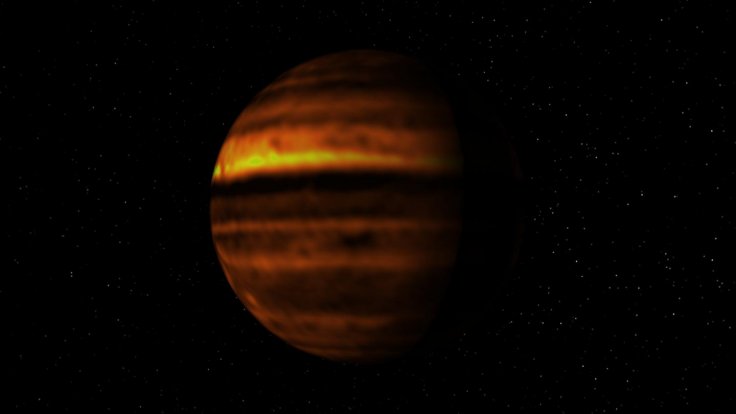
Storm clouds on Jupiter are affecting the planet's white zones and colorful belts, disrupting their flow and even changing their color, found a team of astronomers from University of California, Berkeley.
Jupiter, with its Great Red Spot and colorful, layer cake-like bands, make it one of the most beautiful and changeable of the giant gas planets in the solar system.
"If these plumes are vigorous and continue to have convective events, they may disturb one of these entire bands over time, though it may take a few months," said Imke de Pater, a UC Berkeley professor who led the study since 2017.
First, one such plume was noticed by amateur astronomer Phil Miles in Australia a few days before the first observations by the Atacama Large Millimeter/Submillimeter Array (ALMA) in Chile, and photos captured a week later by Hubble showed that the plume had spawned a second plume and left a downstream disturbance in the band of clouds, the South Equatorial Belt.
Three months earlier, four bright spots were seen slightly north of the North Equatorial Belt. Though those plumes had disappeared by 2017, the belt had since widened northward, and its northern edge had changed color from white to orangish brown.
"With these observations, we see one plume in progress and the aftereffects of the others," said Imke de Pater. The study says that the analysis of the plumes has supported the theory that they originate about 80 km below the cloud tops at a place dominated by clouds of liquid water.
The study has been published online in the Astronomical Journal.









